In the exciting world of music production, noise isn’t just background.
It’s a character, a texture, a layer that can turn any beat from basic and ordinary to epic and extraordinary.
Recognizing and harnessing the subtle differences between various noise types (brown noise, pink noise, etc.) can be the key to unlocking new dimensions in your tracks.
This article is your gateway to exploring these sonic nuances.
It will help you create legendary soundscapes and leave your listeners genuinely impressed and wanting to hear more.
In today’s break down, we’ll be covering:
- Brown noise ✓
- Pink noise ✓
- Expert noise tips, tricks, and techniques ✓
- Creative Usage in Beats ✓
- Brown noise vs pink noise: Comparison & Contrasts ✓
- Other Color Noises ✓
- Sound Manipulation Strategies ✓
By the end of this article, you’ll be well-versed in the vital differences between brown and pink noise.
Plus, you’ll have an abundance of new ideas on how to creatively use different noise types to make your music stand out and leave a lasting impression.
So, let’s dive in…
Table of Contents
What is Pink Noise?
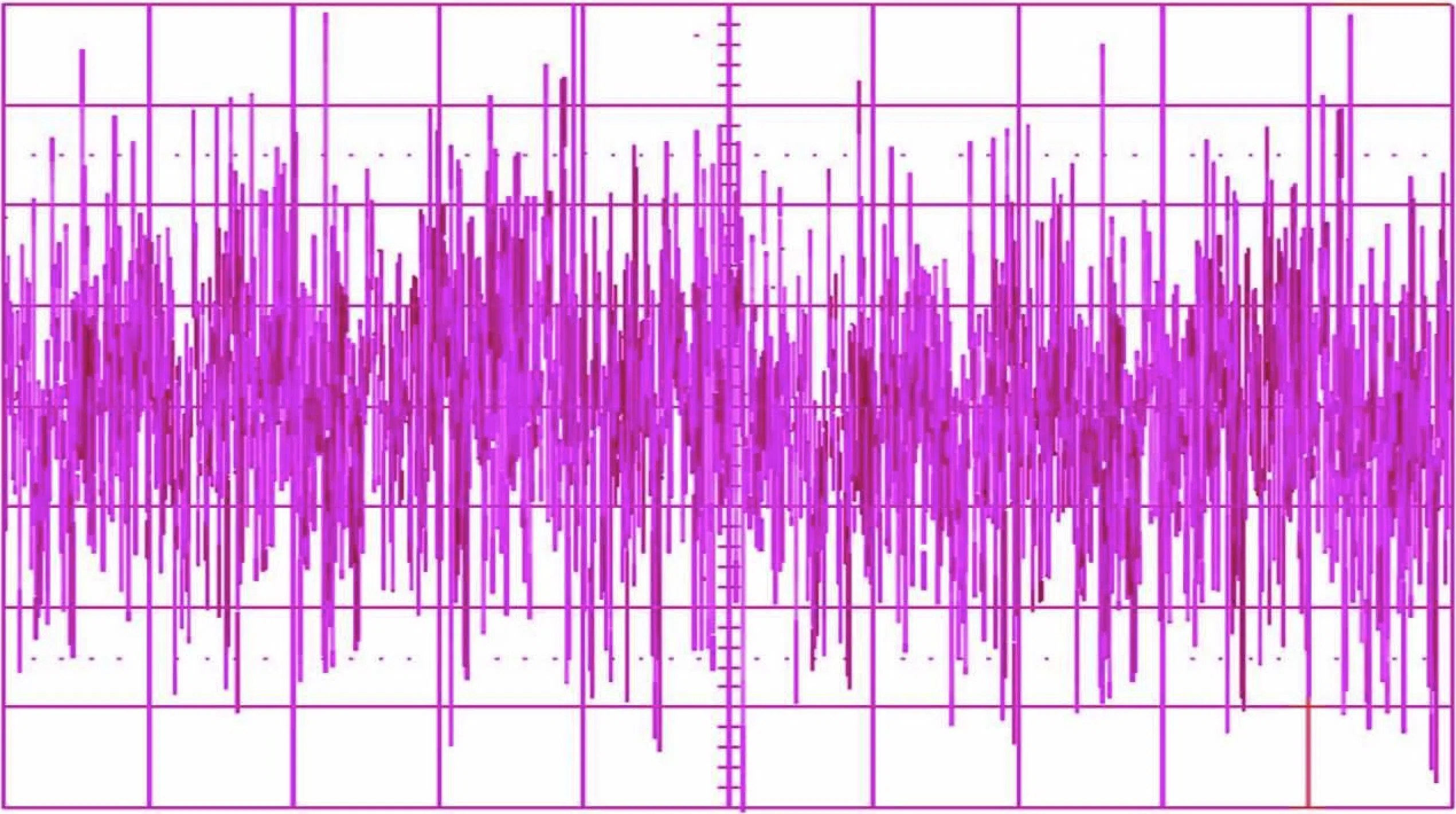
Let’s start our journey off with Pink Noise, which can add a new layer of depth and texture to your beats if used correctly.
Pink Noise, often found in nature like rustling leaves or steady rain, is characterized by its equal energy in octaves.
This makes the sound frequencies drop in power, creating a balance that’s quite pleasant to the human ear.
It’s this balance that can make Pink Noise a great addition to your unique beats.
The sound waves of Pink Noise are smoother, with higher frequencies being less prominent 一 which creates a deeper and more balanced sound.
NOTE: This is contrary to White Noise, where all frequencies are at equal intensity, often making it sound more static and less dynamic.
Integrating Pink Noise into your tracks can provide a steady sonic backdrop, allowing other elements to shine without overpowering them.
Experimenting with Pink Noise opens up endless possibilities.
It can bring a sense of balance and depth, making your beats sound more sophisticated and layered.
-
Integrating Pink Noise in Your Beats
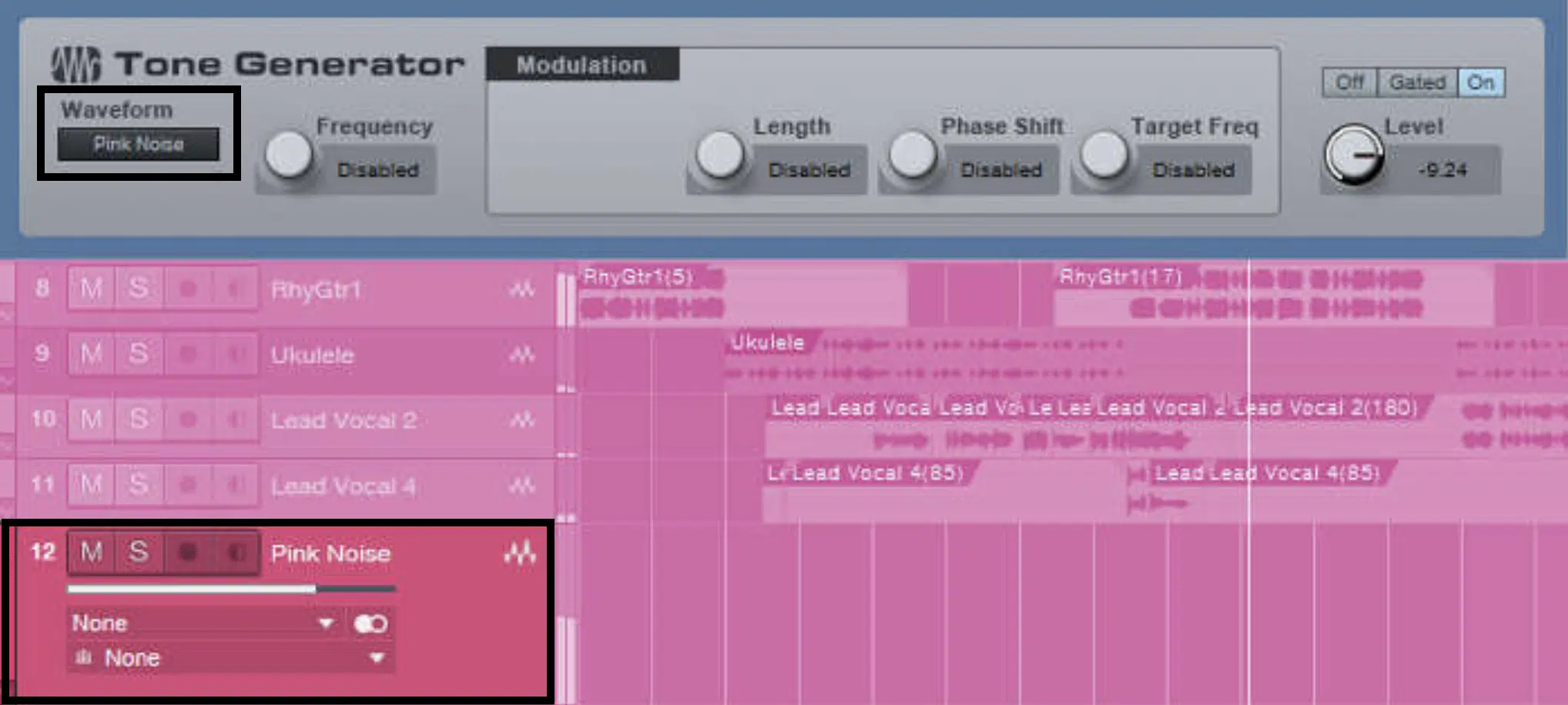
Pink Noise is your secret beat-enhancementweapon for adding a sense of fullness and depth to your tracks.
#1. Layering it subtly beneath your drum loops can fill out the mix, making each hit feel more impactful and dynamic.
This technique is particularly useful when you’re aiming for that thick, textured sound popular in today’s hip-hop scenes.
#2. Tweaking your hi-hats with Pink Noise can create a shuffling, lively effect, which gives a distinct bounce to your Trap beats.
It’s about finding that sweet spot where the noise enriches the higher frequencies without overpowering the essential elements of your track.
#3. Try manipulating Pink Noise with reverb and/or delay effects.
This can help you create diverse and alluring atmospheric backdrops that are sure to captivate your audience.
#4. Adjusting the decay time and feedback can produce evolving ambient textures.
It will provide a captivating sonic landscape that keeps your listeners engaged. Plus, if you’re struggling with an uneven mix, you can use Pink Noise as a reference tool.
#5. By equalizing your track to match the equal power spectrum of Pink Noise, you can achieve a well-balanced mix.
One where each element sits harmoniously in the frequency range.
#6. Lastly, adding a touch of Pink Noise to your vocal tracks produces an added layer of warmth and presence.
This trick can help your vocals cut through the mix 一 ensuring they remain front and center, no matter how dense the arrangement gets.
What is Brown Noise?
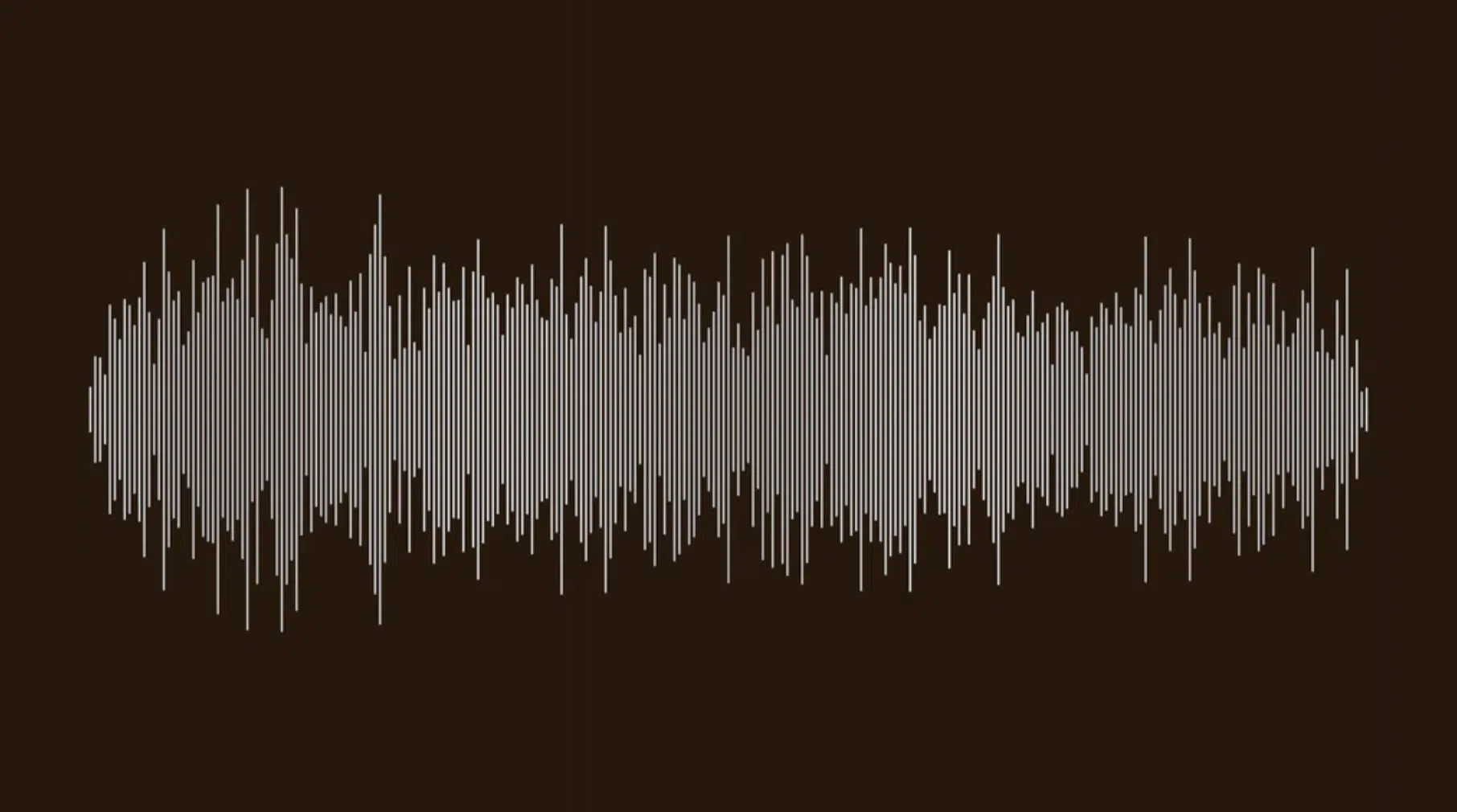
Moving on from Pink Noise, let’s now explore Brown Noise 一 another intriguing element that can add a unique flavor to your tracks.
Characterized by a deeper, more rumbling sound, Brown Noise can be the secret ingredient to make your beats stand out.
Brown Noise (or, Red Noise) has a power density that decreases 6 dB per octave with increasing frequency.
This results in a deep, rumbling sound, similar to a waterfall or heavy rain 一 providing a sense of warmth and depth to the soundscape.
Unlike Pink Noise, Brown Noise is richer in low frequencies.
This makes it a great choice for enhancing the bass elements of your track and gives them a more prominent, full-bodied sound.
The higher decrease in power density means that Brown Noise can:
- Be more subdued
- Blend seamlessly into your music
- Provide a solid foundation without overwhelming the other elements
Brown Noise can be particularly useful in trap and hip-hop beats, where the bass is a key element.
It adds a level of depth and richness that can make your beats more dynamic and impactful.
-
Utilizing Brown Noise in Your Beats
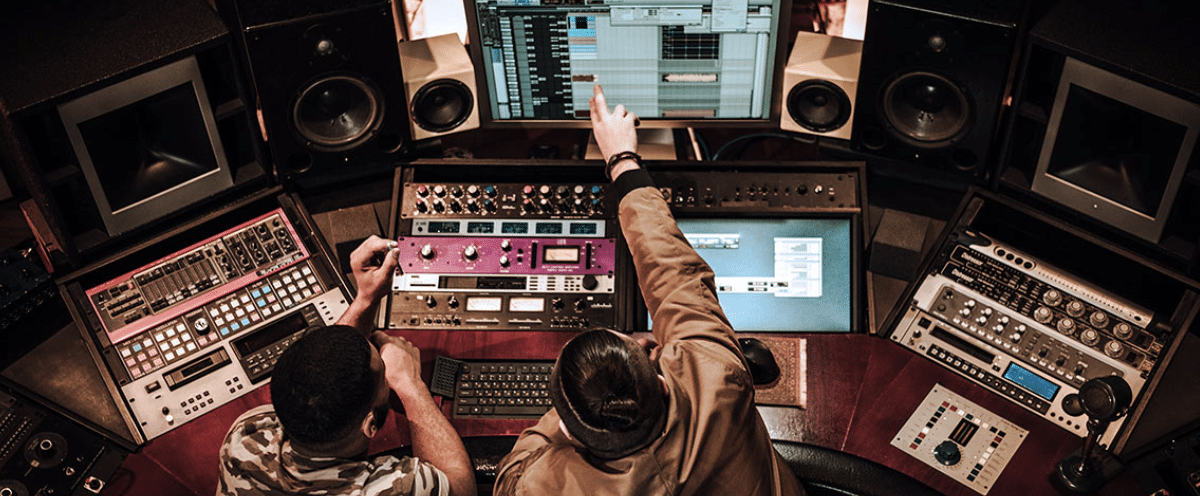
When attempting to utilize Brown Noise in your tracks, always begin by layering it underneath your main elements to create a lush, atmospheric vibe.
The lower frequencies of Brown Noise can give your beats a warm and grounded feel; essential for creating that moody ambience prevalent in Trap and Hip-Hop.
You can also use Brown Noise subtly to enhance the groove of your beats.
The rumbling sound of Brown Noise can be chopped and sequenced to sync with your kick or snare 一 adding an additional layer of rhythm and bounce to your tracks.
Brown Noise is excellent for:
- Creating tension in your build-ups
- Smoothing out transitions
Automate the volume and filter the frequencies of Brown Noise to craft suspenseful rises and falls, leading to impactful drops that keep listeners hooked.
In addition, Brown Noise can be used strategically to mask unwanted sounds and frequencies in your mix.
Its dense sonic texture can cover up recording imperfections and create a cleaner, more polished final product.
NOTE: Don’t be afraid to modulate and process Brown Noise samples.
Applying audio effects (like reverb, delay, or distortion) can turn a simple noise layer into a unique and intriguing sound source.
Understanding White Noise
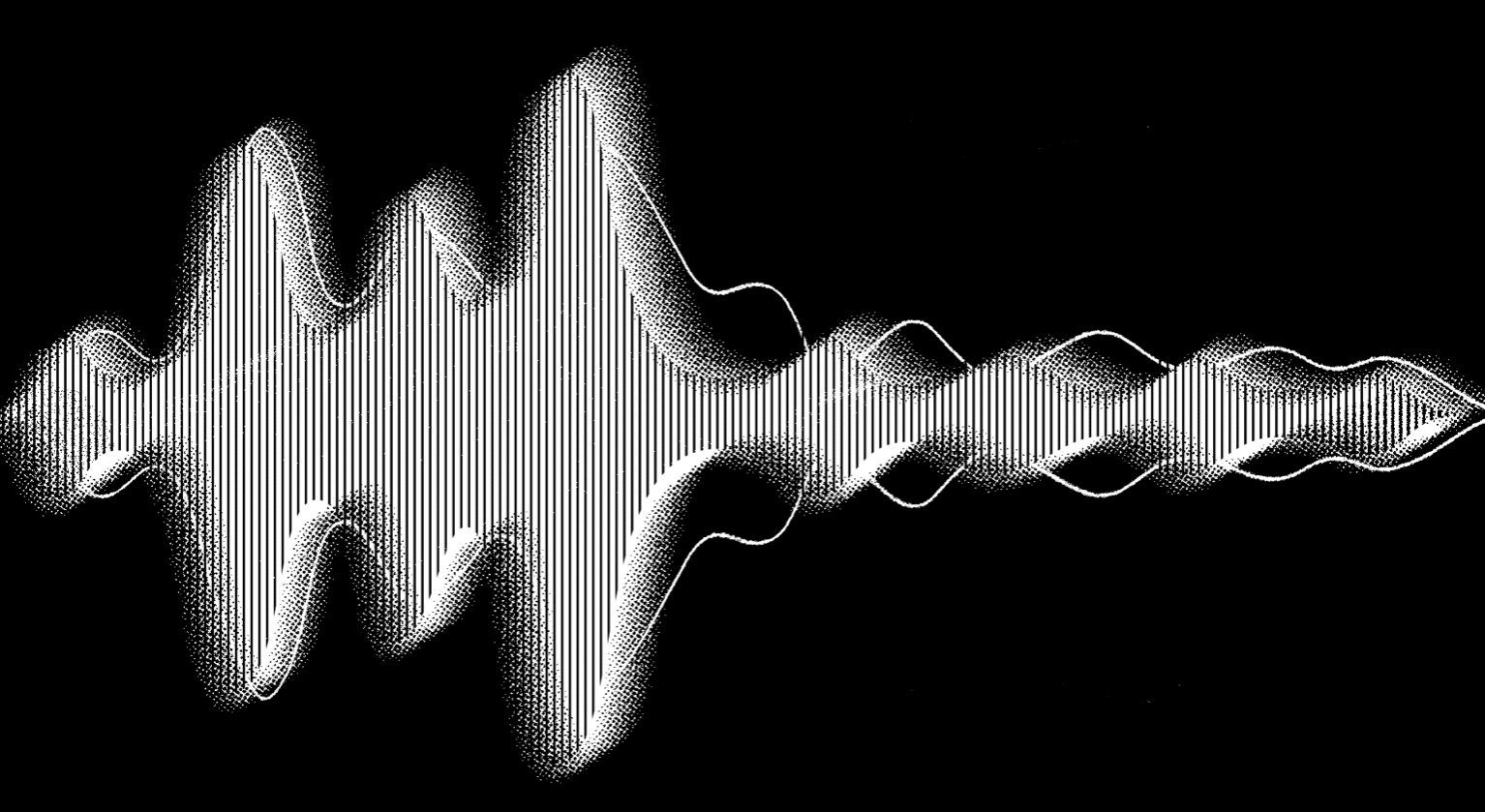
White Noise sounds are not only for a better night’s sleep.
It’s a completely different sound that, while common, offers endless creative opportunities for music producers.
With its unique characteristics and widespread use, White Noise can elevate your tracks 一 offering a contrast to the more colored noises.
White Noise is unique in its equal representation of all frequencies audible to the human ear.
It creates a static, hissing sound similar to TV static or a rushing waterfall. This universality of frequencies makes it a versatile tool in the music producer’s arsenal.
The constant energy across frequencies introduces a textural element, often used to:
- Fill sonic voids
- Create a fuller sound
It’s this enveloping character that can make White Noise a foundational layer in your compositions.
Utilizing White Noise can help in masking unwanted ambient sounds 一 providing clarity and reducing distractions within a track.
This makes it an essential tool for ensuring a polished and refined sound output (white and pink noise is great for this purpose).
Experimenting with the filtering of White Noise allows producers to isolate specific frequency bands.
NOTE: To learn all about low-pass, high-pass, and bandpass filters, we’ve got you covered.
It can help customize the noise to fit seamlessly into various musical contexts.
-
How and When to Use White Noise

One common and effective way to use White Noise is during transitions and build-ups.
Layering White Noise with a gradual increase in volume can create anticipation and tension; leading to a satisfying drop or shift in the musical piece.
White Noise serves as an excellent atmospheric layer (think ocean waves, not white noise machines) in genres like:
- Ambient
- Electronic
- Trance
By manipulating its volume and texture, you can craft immersive soundscapes that envelop the listener in a sonic experience.
Consider utilizing White Noise as a percussive element.
Short bursts of filtered White Noise can emulate hi-hats or shakers, which can incorporate rhythmical complexity to your beats.
Another technique involves side-chaining White Noise to other elements of the track, such as the kick drum.
This can introduce a pulsating dynamic 一 adding movement and energy.
Incorporating white noise into your compositions can be akin to introducing white light into a spectrum of colors, subtly illuminating and enhancing the auditory scene.
Much like the gentle ebb and flow of sleep slow oscillations, white noise can seamlessly blend into your tracks.
And, in turn, provide texture, depth, and a harmonious sonic environment.
Discovering 2 Other Color Noises
Beyond white, pink and brown noise, the world of color noises holds a treasure trove of possibilities for music producers.
-
Blue Noise

With higher energy at higher frequencies, Blue Noise can bring a sparkle to your tracks, enhancing the brilliance and clarity (especially in the upper frequency range).
It’s like adding a sprinkle of magic dust to make your hi-hats and cymbals shine.
-
Violet Noise

Violet Noise, also known as Purple Noise, increases in power density with frequency, and provides a lift to the higher end of the spectrum.
This noise type can be a secret weapon for giving life to airy vocals and crisp percussion elements.
Layering Blue and Violet Noise can result in expansive and ethereal textures 一 providing a sense of depth and intrigue.
Brown Noise vs Pink Noise: Similarities & Differences
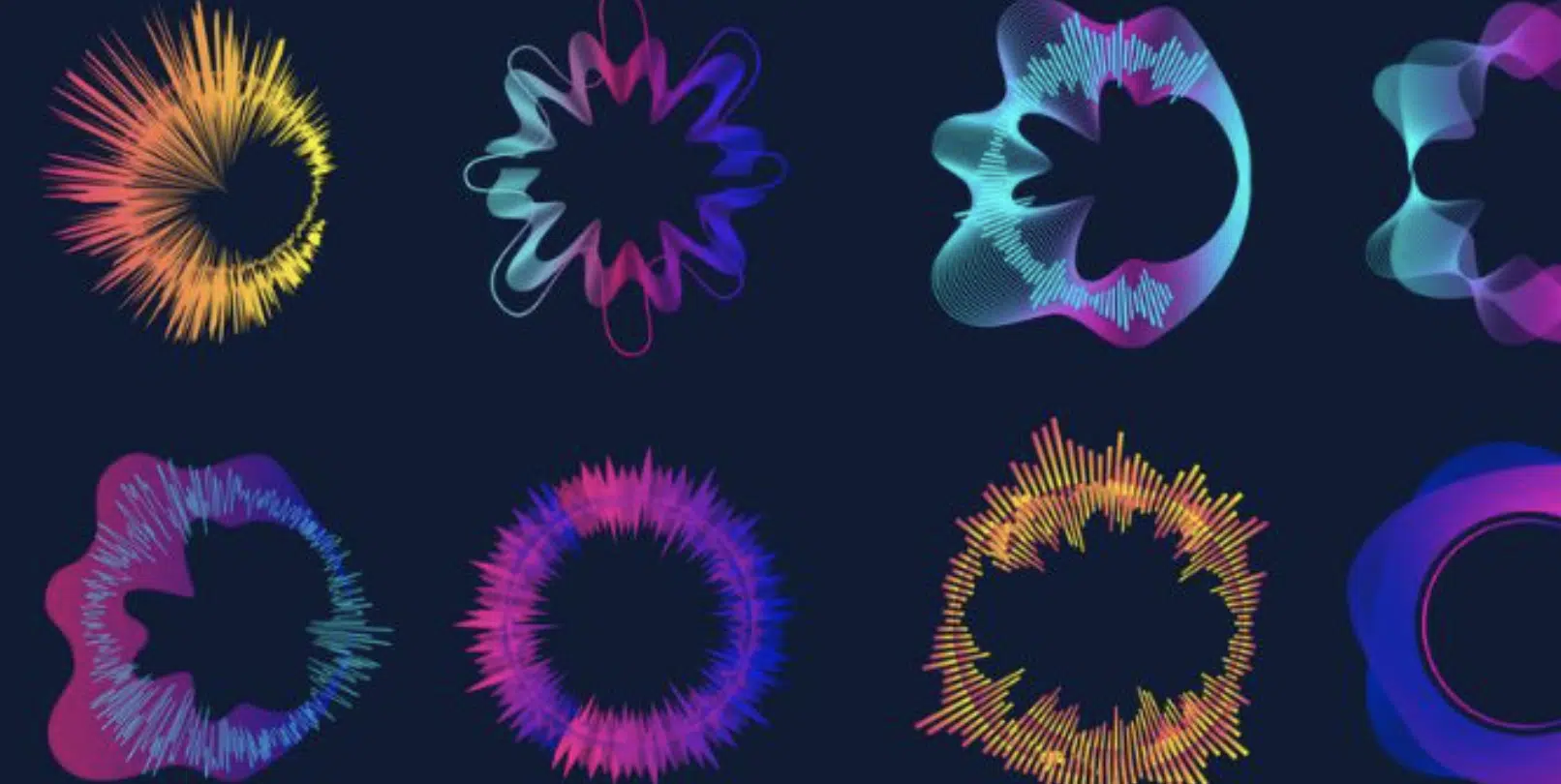
Brown Noise and Pink Noise, while sharing similarities, exhibit differences in their power spectrum and frequency response.
When you’re thinking to yourself, should I use pink or brown noise, there are a few things to consider.
Pink Noise is balanced, with equal representation across all frequencies, making it versatile for creating depth and space in a mix.
Brown Noise, conversely, intensifies its power as the frequency drops, resulting in a deeper rumble and warmth.
Brown noise is particularly ideal for grounding your beats and adding an earthy texture.
When it comes to brown noise vs pink noise, texture and feel also vary.
Pink Noise provides a balanced and even texture, while Brown Noise offers a sense of solidity and grounding.
Genre consideration and the intended effect play a crucial role in deciding between Pink and Brown Noise.
- Pink Noise 一 The ideal choice for airy, atmospheric tracks.
- Brown Noise 一 More suited for grounded, bass-heavy genres.
Understanding the unique characteristics of each noise type allows music producers to tailor their soundscapes effectively.
Whether it’s adding clarity and space with Pink Noise or enhancing the warmth and depth with Brown Noise, the choice significantly impacts the overall feel of the track.
Mixing & Matching: Experimenting with Sound Waves
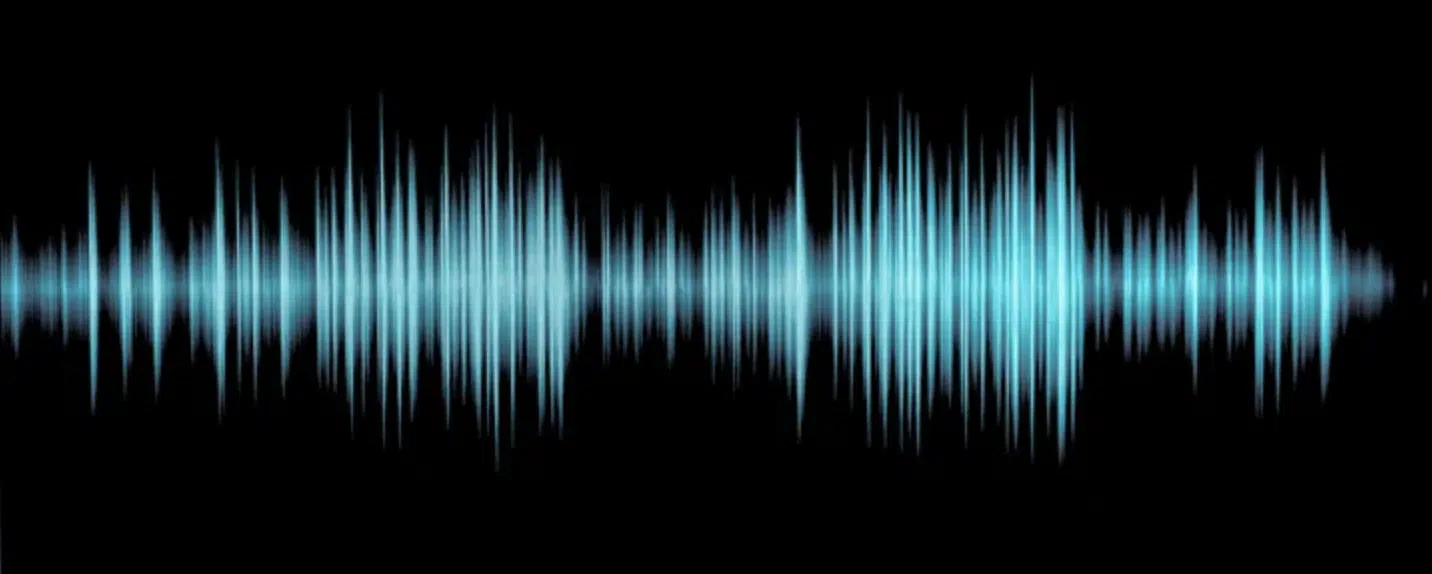
Diving into the world of white, pink, and brown noise, you’ll have to familiarize yourself with the sound wave.
With the help of sound waves, producers can experiment by mixing and matching Pink and Brown Noise.
This experimentation opens up a realm of possibilities 一 from creating unique textures to enhancing specific frequencies, ultimately crafting a distinctive sound.
Balancing the characteristics of each noise, you can explore varying degrees of:
- Warmth
- Depth
- Clarity
This approach allows for a customizable sound, whether the goal is to achieve a balanced mix or to emphasize certain elements.
Incorporating automation and modulation effects while experimenting with these noises can further elevate the track.
These techniques enable dynamic shifts in texture and atmosphere, keeping the listeners engaged and offering a unique experience.
Bonus: Managing Ambient Noise & Unwanted Sounds
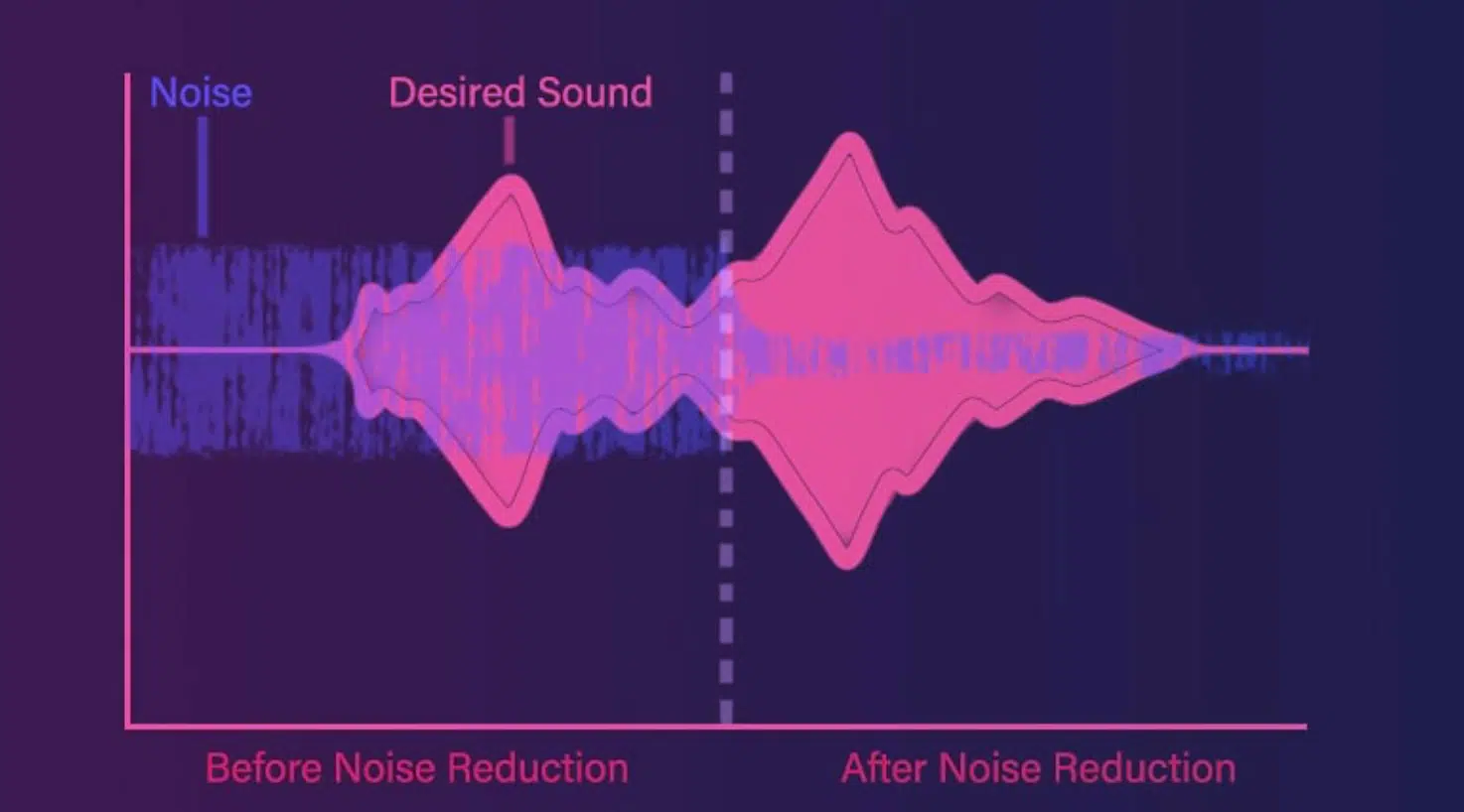
Managing ambient noise and eliminating unwanted sounds (or background noise) is essential for achieving a clean and polished mix.
Background noises, hisses, and hums, while they promote a deep sleep, can detract from the overall quality of the track.
That is why sound management is such a high priority for music producers and sound designers alike.
Noise gates and noise reduction plugins are invaluable tools for addressing these issues.
They help set thresholds for volume levels and ensure that only the desired sounds are heard.
By refining the settings of these tools, you can:
- Eliminate distractions
- Maintain the focus on the key element(s)
Applying these tools effectively requires practice and a keen ear for detail.
By meticulously tweaking settings and listening critically, you can enhance the clarity and quality of your tracks.
This helps to ensure that every sound serves a specific purpose within the mix.
If you want to learn everything about noise gates (and expanders) we break it all down for you.
Brown Noise vs Pink Noise: Final Thoughts
The understanding of brown noise vs pink noise is indispensable if you’re trying to enrich your tracks with exciting textures and atmospheres.
The difference between brown noise vs pink noise holds the potential to significantly influence the character of a bea
It offers a spectrum of possibilities for musical expression.
Brown noise vs pink noise each brings a unique flavor to the auditory table 一 enabling you to create a rich, diverse sound palette.
Whether used subtly to enhance ambience or more prominently to shape the sonic landscape, the strategic integration of brown noise vs pink noise can elevate your tracks to new heights.
For those looking to further explore the endless possibilities of noise integration, this free Serum Essentials pack is an invaluable resource.
This pack stands out for its clean, polished, and professional Serum presets tailored for a variety of genres.
Each preset is equipped with a range of macros and flexible parameters, which allows for extensive customization and the opportunity to make each sound distinctly your own.
Serum offers a variety of noise types (including the nuanced brown noise and pink noise), thereby expanding the playground for you to experiment and fine-tune your sound.
The exploration of brown noise vs pink noise within this platform can lead to a harmonious blend of textures and contribute to the development of truly legendary tracks.
As you delve deeper into the world of brown noise vs pink noise, remember that the potential for creating impactful and memorable music is vast and experimentation is key.
So, keep experimenting, stay informed, and let the unique characteristics of brown noise vs pink noise guide you to sonic excellence.
Until next time…







Leave a Reply
You must belogged in to post a comment.